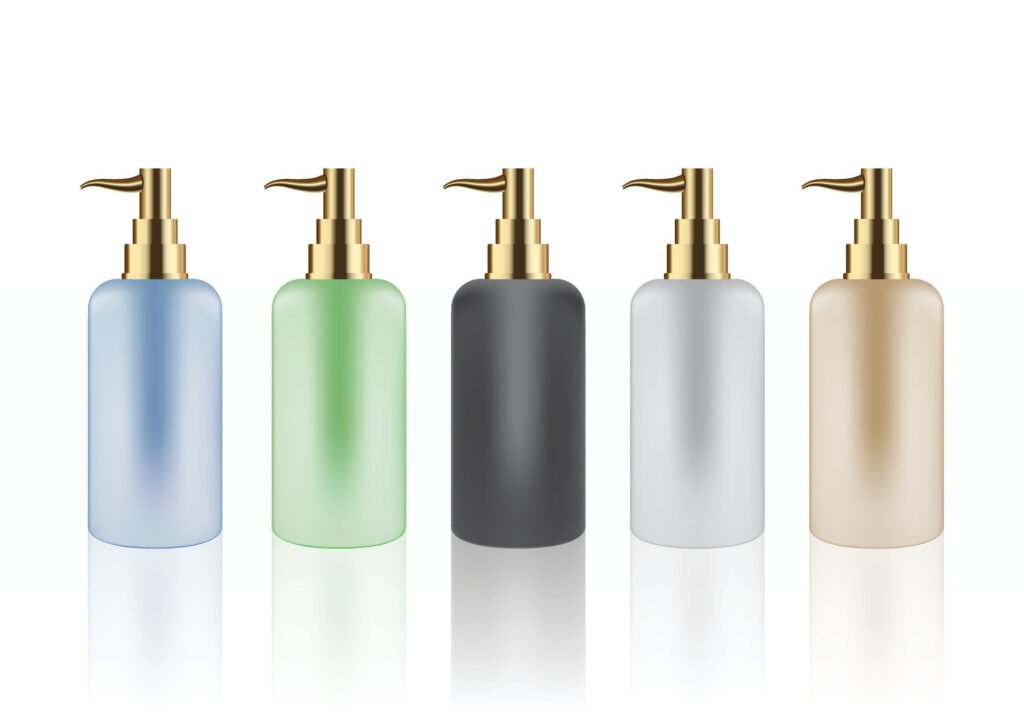
Introduction
AIRLESS BOTTLE In the ever-evolving world of skincare, innovation isn’t limited to. The products themselves. It extends to their packaging too. One such revolutionary packaging solution making waves in the beauty industry is the bottle. This will delve into the technology behind bottles. Their benefits, applications across skincare, and the environmental impact they offer.
AIRLESS BOTTLE Revolutionizing Skincare Packaging
AIRLESS BOTTLE in the dynamic realm of skincare, where breakthroughs are continually reshaping the landscape, innovations extend beyond formulations to packaging solutions. One such advancement gaining traction and transforming the industry is the bottle. In this comprehensive exploration, we delve into the technology behind bottles, their manifold benefits, diverse applications in skin care, and their pivotal role in fostering sustainability.
AIRLESS BOTTLE Understanding Airless Bottle Technology
At the heart of airless bottles lies a sophisticated mechanism designed to preserve the integrity of skincare formulations. Unlike traditional packaging, where air can infiltrate and compromise. The product over time, airless bottles employ a vacuum system that ensures optimal preservation. Comprising a pump, piston, and container, this technology creates an airtight seal, shielding the product from external contaminants and minimizing oxidation.
Advantages of Airless Bottles
The adoption of airless bottles heralds a paradigm shift in skincare packaging, offering an array of compelling advantages:
1) Preservation of Product Integrity
By mitigating exposure to air and light, airless bottles safeguard the potency and efficacy of skincare formulations. This preservation translates into prolonged shelf life, ensuring that consumers derive maximum benefits from their products.
2) Precise Dispensing and Dosage:
The controlled dispensing mechanism of airless bottles empowers users to administer precise dosages with each application. This not only enhances user experience but also minimizes product wastage, a boon for both consumers and manufacturers The adoption of airless bottles heralds a paradigm shift in skincare packaging, offering an array of compelling advantages
3) Extended Shelf Life:
The hermetic seal created by airless bottles effectively extends the shelf life of skincare products. This extended durability not only reduces the frequency of product replenishment but also curtails wastage, fostering economic and environmental sustainability.
Applications in Skincare
The versatility of airless bottles renders them ideal for a spectrum of skincare formulations:
Serums and Creams: With their ability to protect sensitive active ingredients from degradation, airless bottles are particularly well-suited for serums and creams. By maintaining the integrity of these formulations, airless packaging ensures optimal efficacy and results for consumers [ez-toc] In an era marked by growing environmental consciousness, the sustainability of packaging solutions has assumed paramount importance. Sensitive Formulations: Skincare products formulated for sensitive skin demand meticulous preservation to prevent irritation or adverse reactions. Airless bottles provide an optimal solution, offering an impermeable barrier against external contaminants and ensuring the purity of delicate formulations.
High-End and Luxury Brands: Luxury skincare brands, renowned for their commitment to excellence, are increasingly embracing airless packaging. Beyond its functional benefits, airless bottles elevate the aesthetic appeal of products, enhancing brand perception and consumer experience.
Environmental Impact and Sustainability
In an era marked by growing environmental consciousness, the sustainability of packaging solutions has assumed paramount importance:
Reduction of Product Waste: Airless bottles emerge as a beacon of sustainability, minimizing product wastage by enabling users to extract every last drop of product. This reduction in waste not only optimizes consumer value but also alleviates the burden on landfills, advancing environmental stewardship.
Material Choices and Recyclability: The materials employed in airless bottle construction, ranging from PET to PP, are selected for their durability and recyclability. These materials not only ensure the integrity of the product but also contribute to a circular economy by facilitating post-consumer recycling.
Future Trends in Sustainable Packaging: As the beauty industry pivots towards sustainability, airless bottles represent a pivotal trend in packaging innovation. With an emphasis on eco-friendly materials and design, future iterations of airless packaging promise to further enhance sustainability and reduce environmental impact.
Challenges and Limitations
While airless bottles offer a host of benefits, they are not without their challenges:
Cost Considerations: The adoption of airless packaging may entail initial cost implications for brands, particularly smaller or emerging players. However, the long-term benefits in terms of product preservation and consumer satisfaction often outweigh the upfront investment.
Technical Complexity: The intricate design and assembly of airless bottles necessitate sophisticated manufacturing processes. While this complexity poses challenges, advancements in technology have facilitated streamlined production and enhanced reliability.